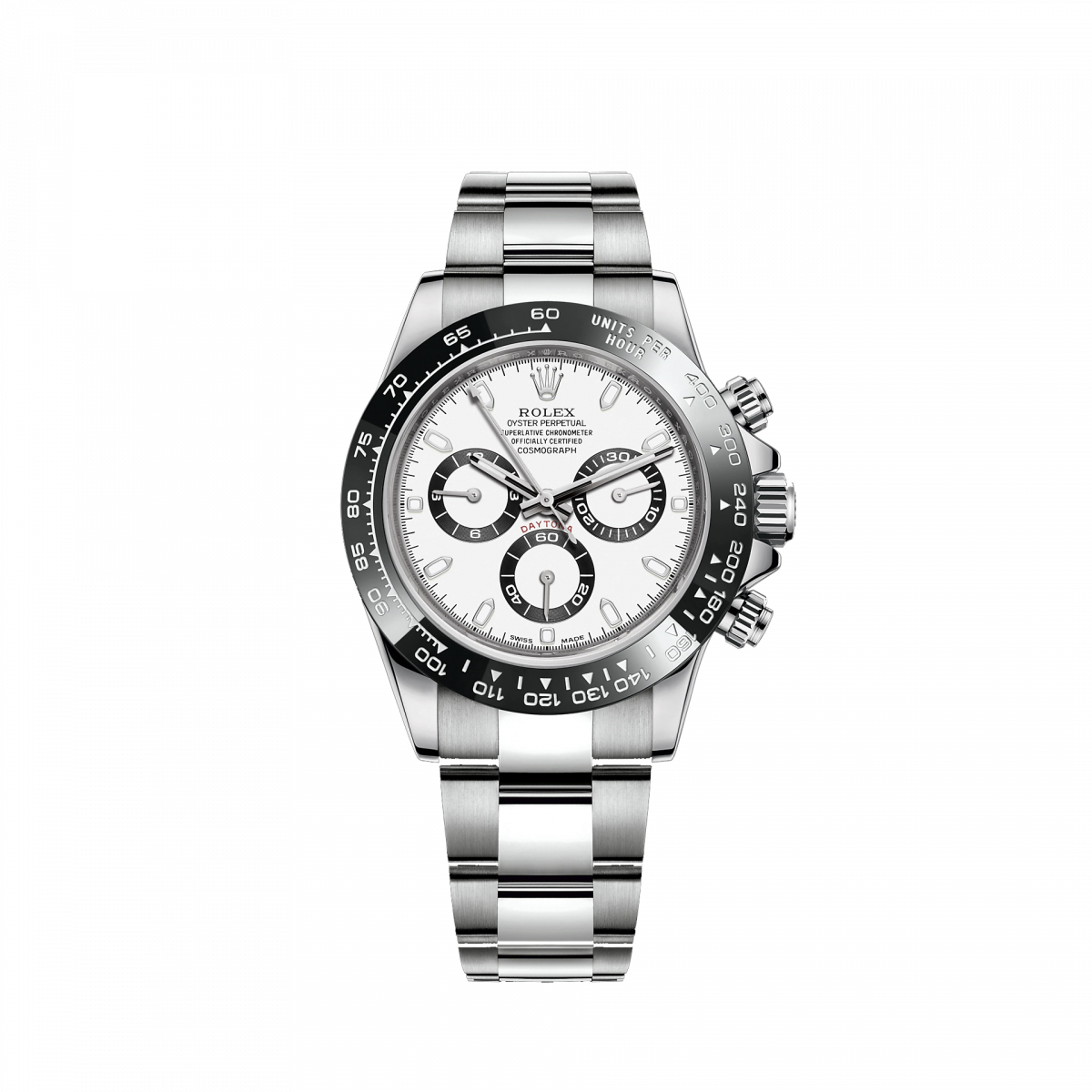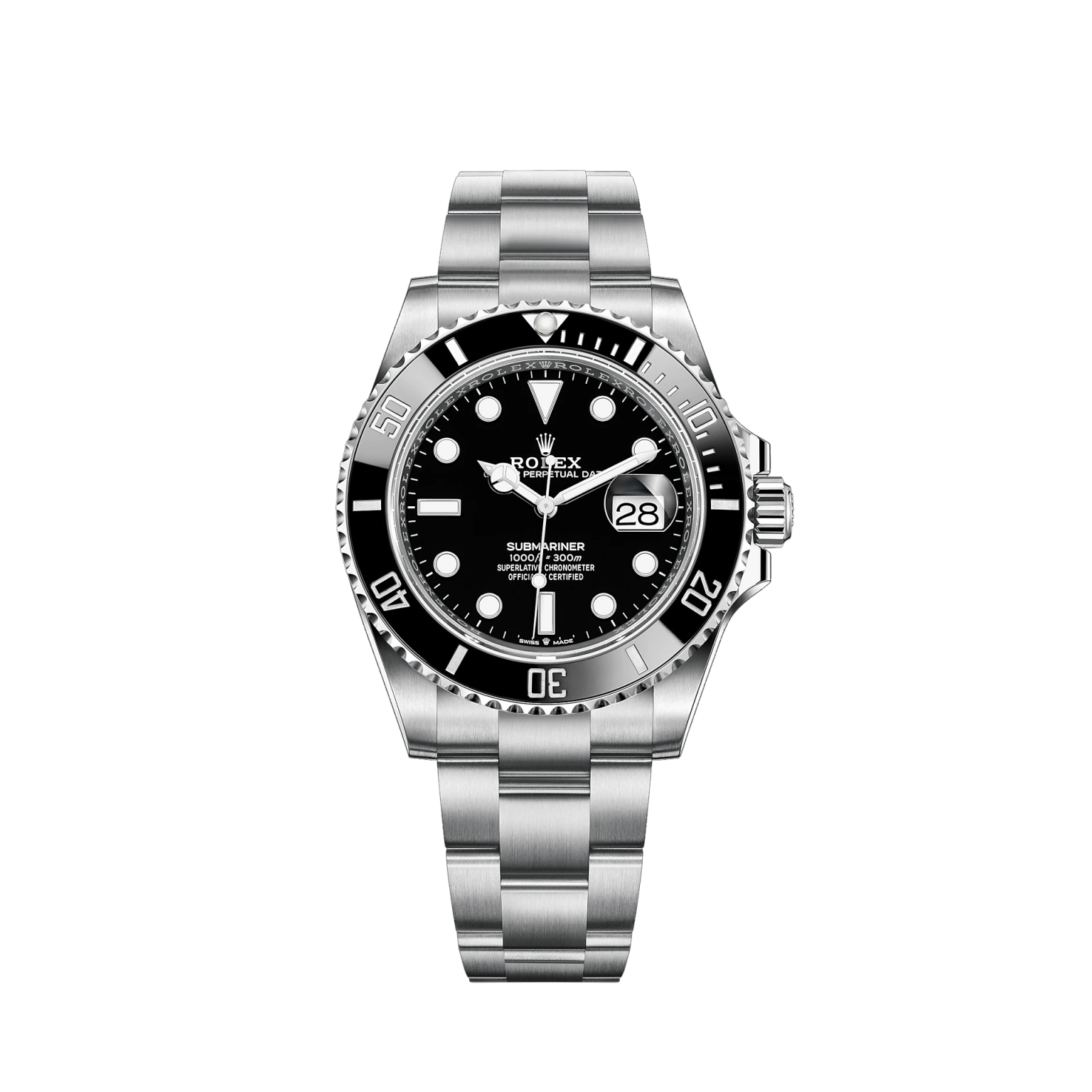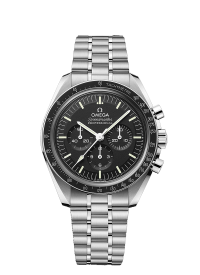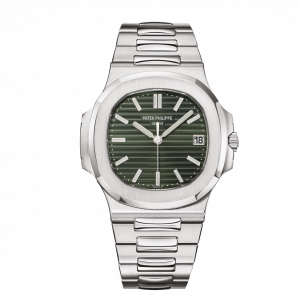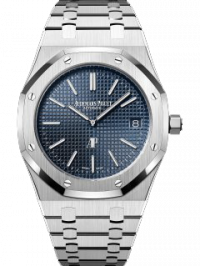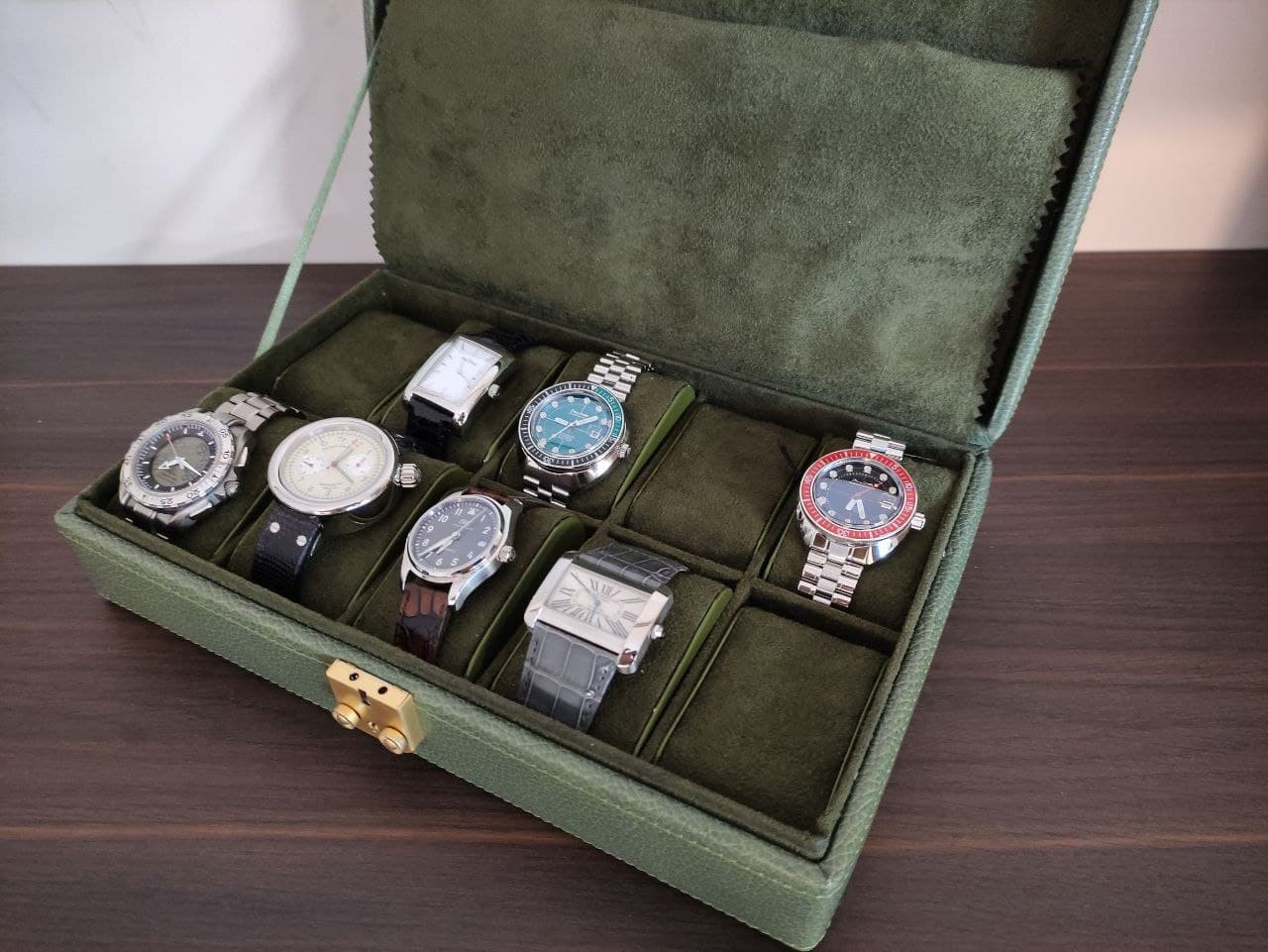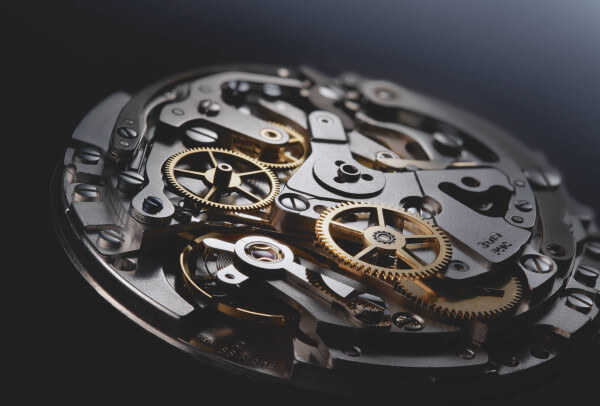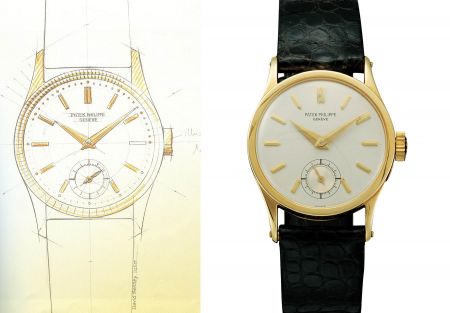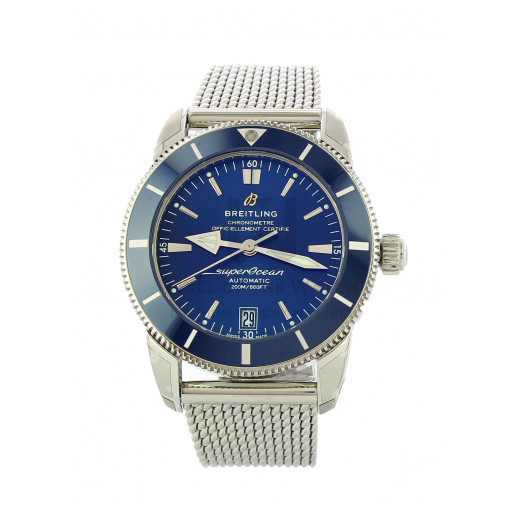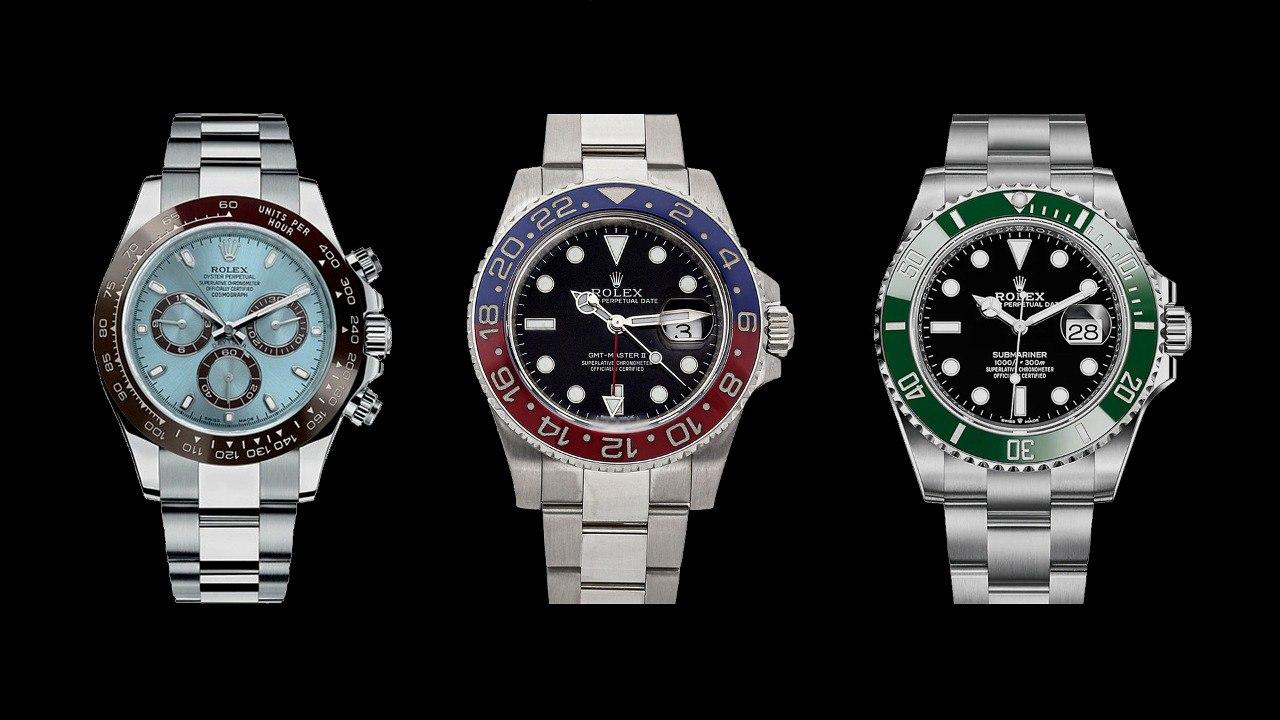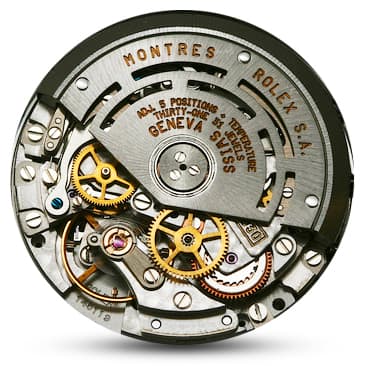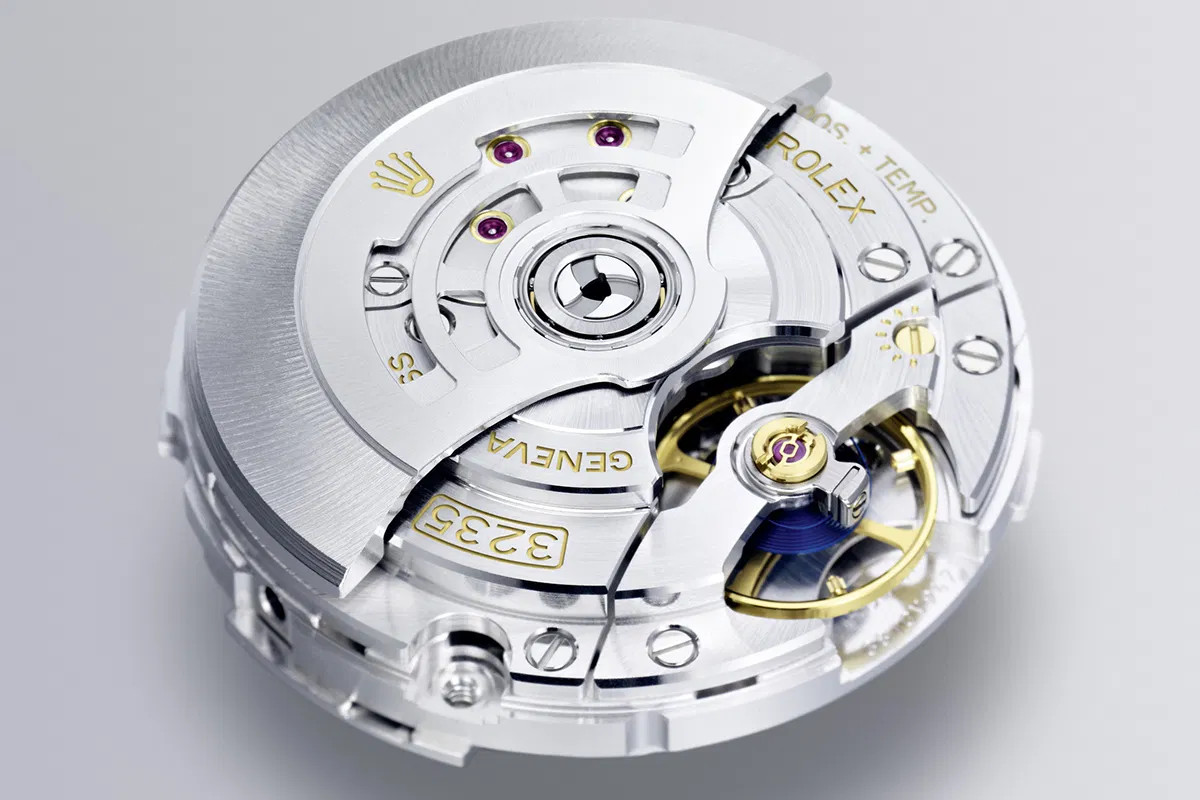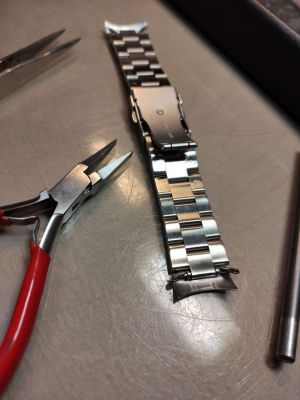Panerai today it is among the protagonists of luxury watchmaking internationally. It is part of the Richemont Group, together with other prestigious brands such as Vacheron Constantin, Jaeger-LeCoultre, Cartier, IWC, Piaget. But how was this House born, whose unmistakable timepieces today adorn the wrists of fans and celebrities all over the world?
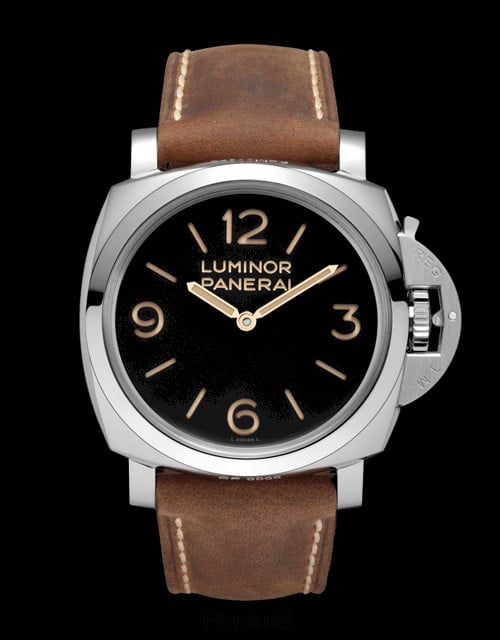
Panerai: the beginnings
Not everyone knows that Panerai is older than the Italian state. In Florence, Giovanni Panerai founded in 1860 - only a year later, the Kingdom of Italy was proclaimed - a shop for Swiss alarm clocks and clocks, which also became the first watchmaking school in the city.
Panerai began, at the dawn of the twentieth century, to devote itself to the production of its own watches. An innovation destined to become a characteristic feature of the Florentine house is certainly the Radiomir. We are in the context of the First World War. As always happens in wartime, military needs push innovations. The Royal Italian Navy begins what is destined to be an extremely fruitful collaboration with Panerai.
In 1916, Panerai patented the Radiomir. This substance is a radiant luminescent paint. Why this name? Initially, the Navy requires to develop a bright paint to be applied on viewfinders of his shooting tools: the specification requires that the paint shines in the dark, and you decide to use the radio, a weakly radioactive element that, decaying, emits luminescence. Panerai offers this new technology, but does not limit itself to applying it to the sights: it begins to use it also in the production of its watches.
Panerai's first diving watch: the Radiomir 1936
The luminescent paint on the radio Radiomir gives its name to Panerai's first diving watch. This model, made in 1936 in very few copies for the Incursori del Command of the First Submarine Group of the Italian Royal Navy, defines some of the aesthetic canons referred to Panerai is bound to stick in the future: large round dial, well legible, exceptionally large case size, luminous indexes and hands, no distraction from the timekeeping. Of course, this watch is equipped with the special luminescent paint Radiomir.
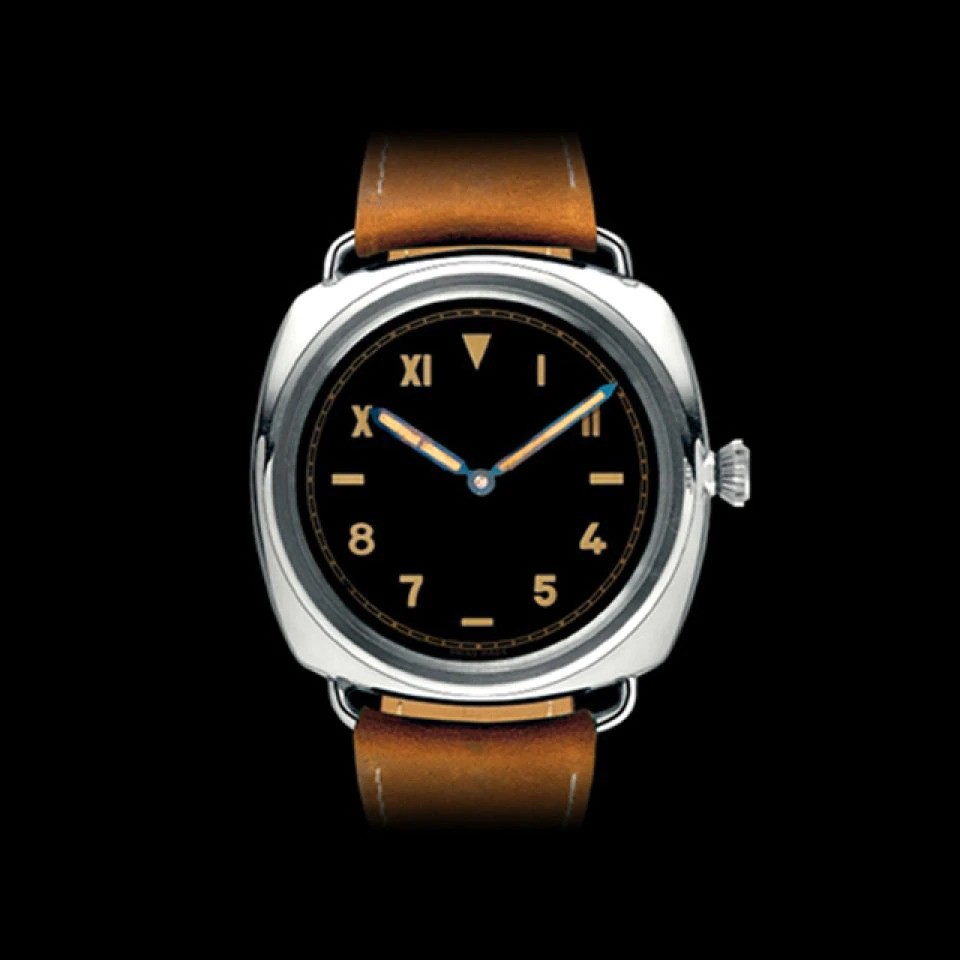
This watch, initially produced in just ten pieces, is equipped with threadlike lugs welded to the case. It is an almost obligatory choice: the metallurgy of the time makes the creation of steel cases equipped with integrated handles very difficult.
In 1938, serial production of the Panerai Radiomir. The needs of Marina Militare however, they are not fully satisfied by this innovative model: for this reason, the new one is introduced two years later Panerai Radiomir 1940.
Panerai Radiomir 1940
As already happened with the luminescent paint Radiomir, once again innovation is driven by war events: in 1940, Italy enters the Second World War. The Royal Italian Navy asks a Panerai to further improve the Radiomir, and this presents another model that still characterizes the house 's production: the Panerai Radiomir 1940. The welded lugs, not strong enough for operational use, leave room for the new integrated lugs. It should be noted that, in the space of only four years, Panerai has managed to pass from the welded lugs to the integrated ones while maintaining the monobloc steel case: this is not a trivial result, especially if we consider that, as seen in the article on the Vostok Amphibia, over a quarter of a century later, the valid Soviet metallurgical industry encountered many difficulties in achieving the same goal.
The welded lugs are not the only innovation of the Panerai Radiomir 1940: the whole case is redesigned, taking on the shape we now associate with Panerai watches. Even the crown is made more impervious to water penetration, thanks to the choice of making it screw.
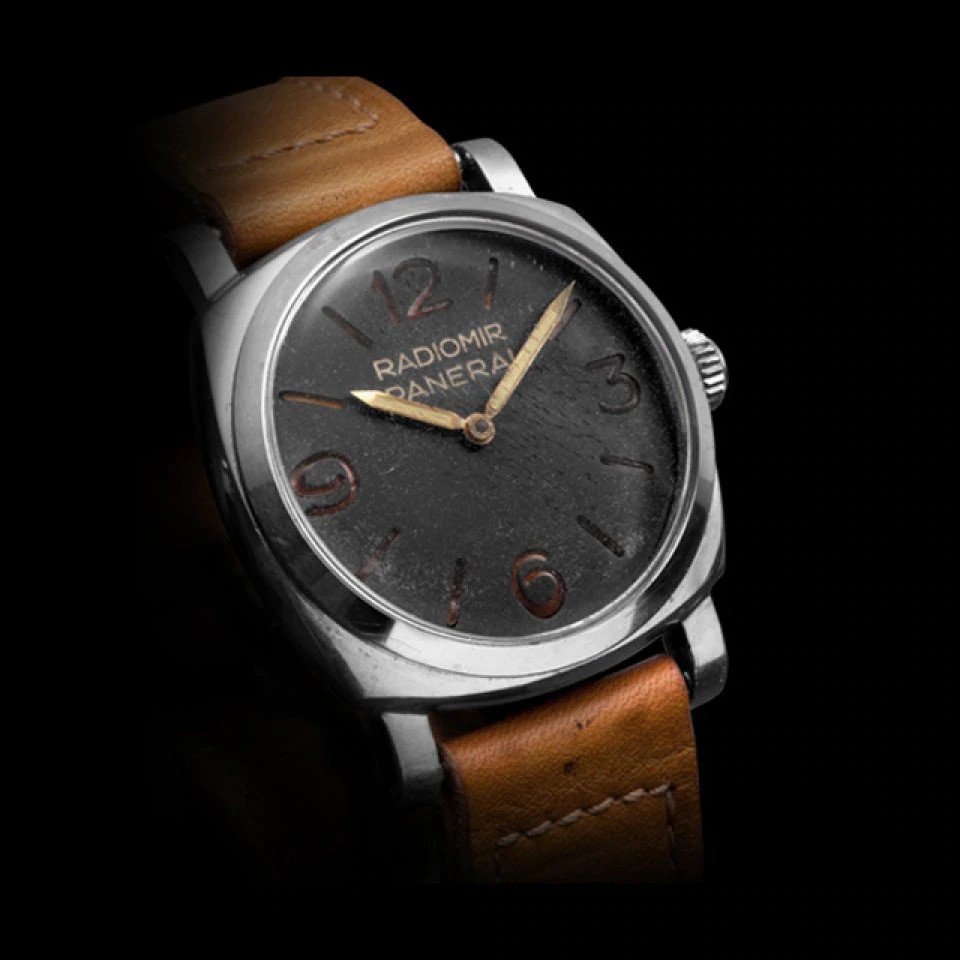
The Panerai Luminor
After the Second World War, the report of Panerai with the Marina Militare go on. In addition to providing watches, Panerai It also provides for the construction of other instruments for divers: compasses, wrist depth gauges and even underwater torches.
In the XNUMXs, two innovations were introduced that complete the image of Panerai. The first is the Luminor paint, the second the homonymous case.
The paint Luminor is designed to replace the Radiomir. In fact, in the XNUMXs people began to become aware of the potential dangers deriving from exposure to radioactive materials; therefore, it was decided to abandon radium and take advantage of fluorescence, which is safer, but which requires exposure to an external light source to “charge” and illuminate.
La Luminor case, on the other hand, is closely related to the Radiomir 1940, but additionally has one crescent over the crown, which also becomes characteristic of the Panerai style. Its function is to press the crown against its gasket in order to guarantee an optimal seal against water infiltrations.
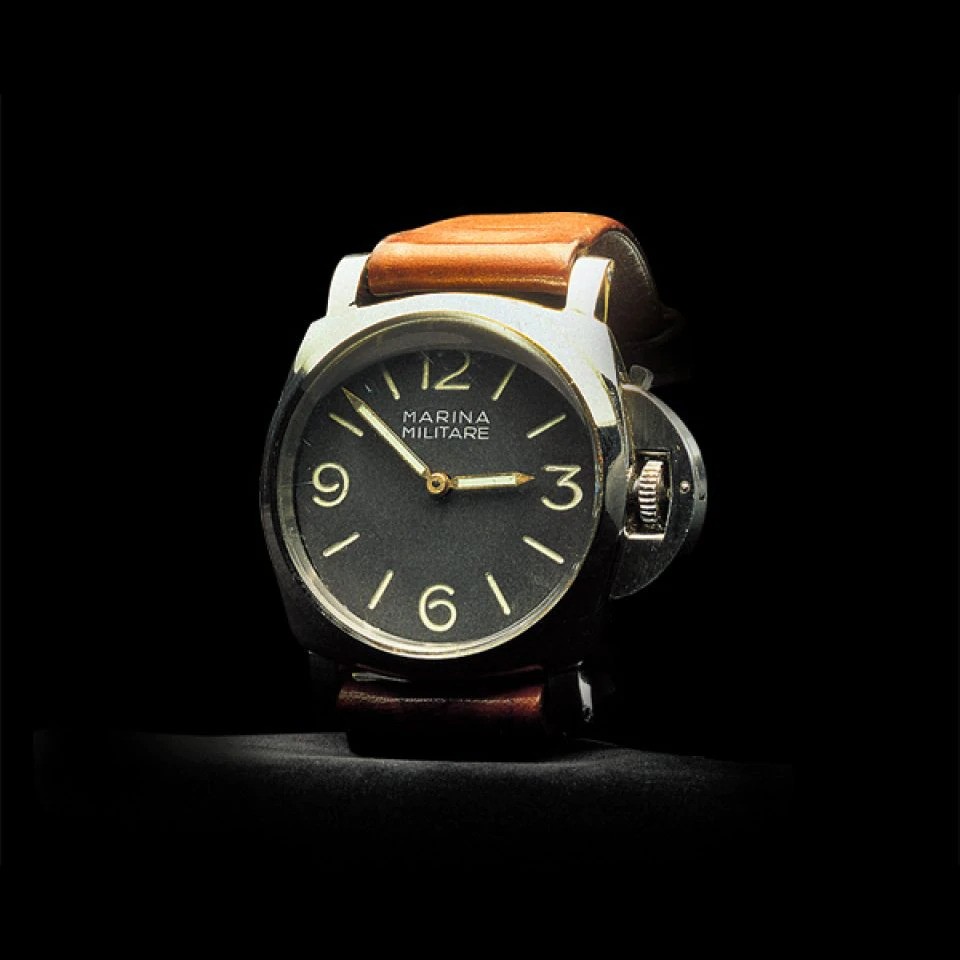
Panerai: the nineties and success
So far we have only talked about military supplies, and for good reason: for much of its history, Panerai does not sell to the public. The models produced for the Italian Navy for a long time they remain covered by military secret: this means that the Florentine company begins to present its watches to the public only in the early nineties. The commercial launch of the first three models for the public - the Luminor, the Luminor Marina and the Mare Nostrum - takes place aboard the cruiser Durand De La Penne, in memory of the company's martial past. We are in 1993, and these large watches are immediately appreciated by collectors.
In 1997, the current Richemont Group acquires Panerai. Just a year earlier, Sylvester Stallone made the Florentine brand famous in the Anglo-Saxon world thanks to his film Daylight - Trap in the tunnel, in which his character wears a Panerai Luminor. The choice is particularly successful: a robust and massive watch that goes well with the physicality of the Italian-American actor. From here on, Panerai's history is studded with successes, including the interesting Panerai Radiomir 8 Days GMT, equipped with the first in-house caliber developed by the Florentine house in its Swiss workshops.
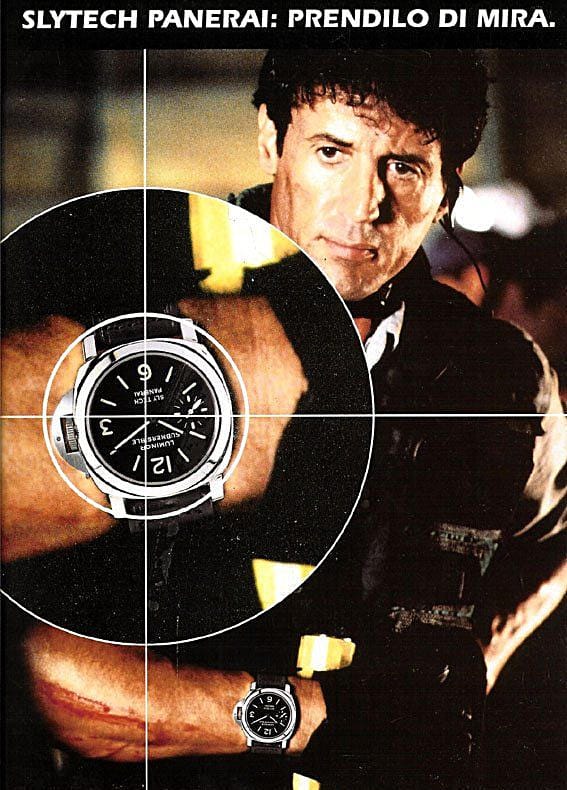
Is a Panerai watch for me?
We have seen that Panerai, a brand with a great history, has chosen to remain faithful to its past models. So he didn't give up on massive case, or to protection crescent on the winding crown. This is certainly an added value for those who appreciate the historicity of the Florentine house. A PaneraiHowever, it's not for everyone: inevitably, those with thin wrists will struggle to carry a large watch like this one. Although, on the other hand, we could consider Panerai a precursor: today many luxury watch brands have gone towards large diameters ...


